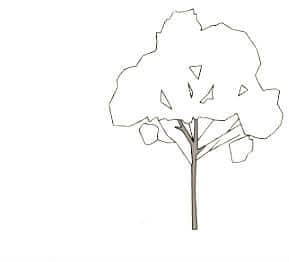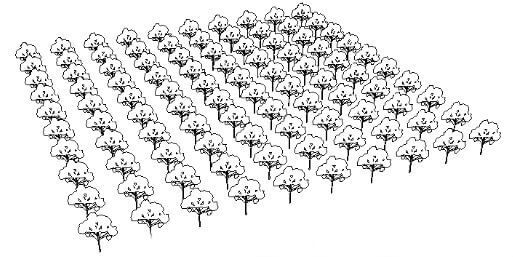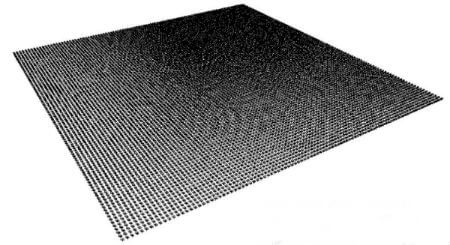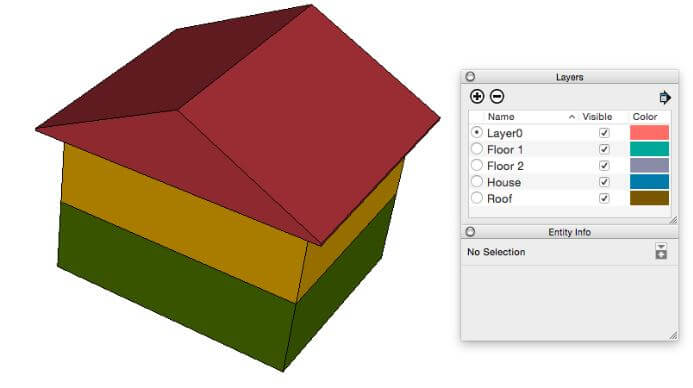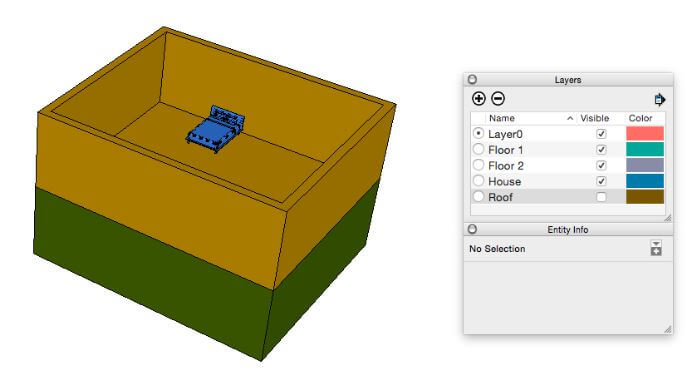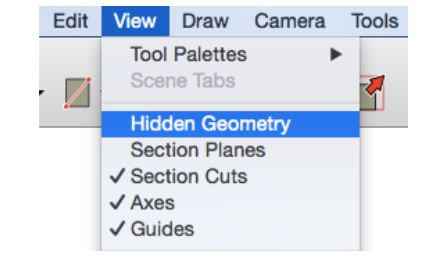Last week we were at Clerkenwell Design Week with the SketchUp gang and we picked up a whole host of cool tips, tricks, and advice which would, quite frankly, be rude of us not to share with you, dear reader.
This post is all about everyone’s favourite F word: ‘Free’. You don’t need us to tell you that the Extension Warehouse can be a vast and beautiful – if slightly bewildering place. Therefore we’ve picked out just a few free extensions that we think could be the most useful to the largest demographic.
SketchUp Weld
An incredibly useful extension – you won’t realise how much you need it until you start to actually use it. Weld allows you to select multiple connected edges, curves, and/or arcs (“connected” means having common endpoints), then use the Weld tool to join them into a single “polyline”.

Joint Push Pull
JointPushPull is a script dedicated to Face extrusion, with several Tools.
- NORMAL – Similar to native Push Pull, but in multi-face. Faces generated are non-jointed.
- VECTOR – Faces are offset along a custom direction picked graphically in the model (or along model axes). Faces generated are jointed.
- JOINT – Faces are offset along their normal but are kept jointed. Useful for thickening shapes.
- EXTRUDE – Faces are offset along an average direction, keeping faces jointed. Gives more consistent results than Joint tool.
- ROUND – Combination of Normal and Joint mode depending on the angle between faces, with automatic rounding of gaps between faces.
- FOLLOW – Faces are offset along the direction given by their adjacent edges. This concept was introduced by a4chitect’s Smart Push Pull plugin.
SketchUp CleanUp
Pretty simple really – cleans up and optimizes your SketchUp model.
With this extension you can:
- Fix duplicate component definition names (When in model scope)
- Purge unused items
- Erase hidden geometry
- Erase duplicate faces
- Erase lonely edges (Except edges on cut plane)
- Remove edge material
- Repair split edges
- Smooth & soft edges
- Put edges and faces to Layer0
- Merge identical materials

RoundCorner
RoundCorner performs the rounding of the edges and corners of 3D shapes along a 2D profile, in 3 modes: Round corners, Sharp corners and Bevel. RoundCorner also supports concave corners (always rendered as Round) and non-orthogonal edge faces. Corners can have 2, 3, or more edges.

Soap Skin & Bubble
This plugin allows you to apply a skin over edges to create complex curved surfaces.
Selection Toys
Provides a wide range of selection modifiers, filter out all edges, faces etc.
Let’s you quickly select entities with similar properties such as material, layer orientation etc. Also lets you select similar instances of the same Dynamic Component.

Hopefully you’ve found our pick of the best free extensions in SketchUp Pro useful. Find a whole host of other goodies in the Extension Warehouse and let us know below if you’ve got a free favourite that helps you!
[contact-form][contact-field label=”Name” type=”name” required=”true” /][contact-field label=”Email” type=”email” required=”true” /][contact-field label=”Website” type=”url” /][contact-field label=”Message” type=”textarea” /][/contact-form]




